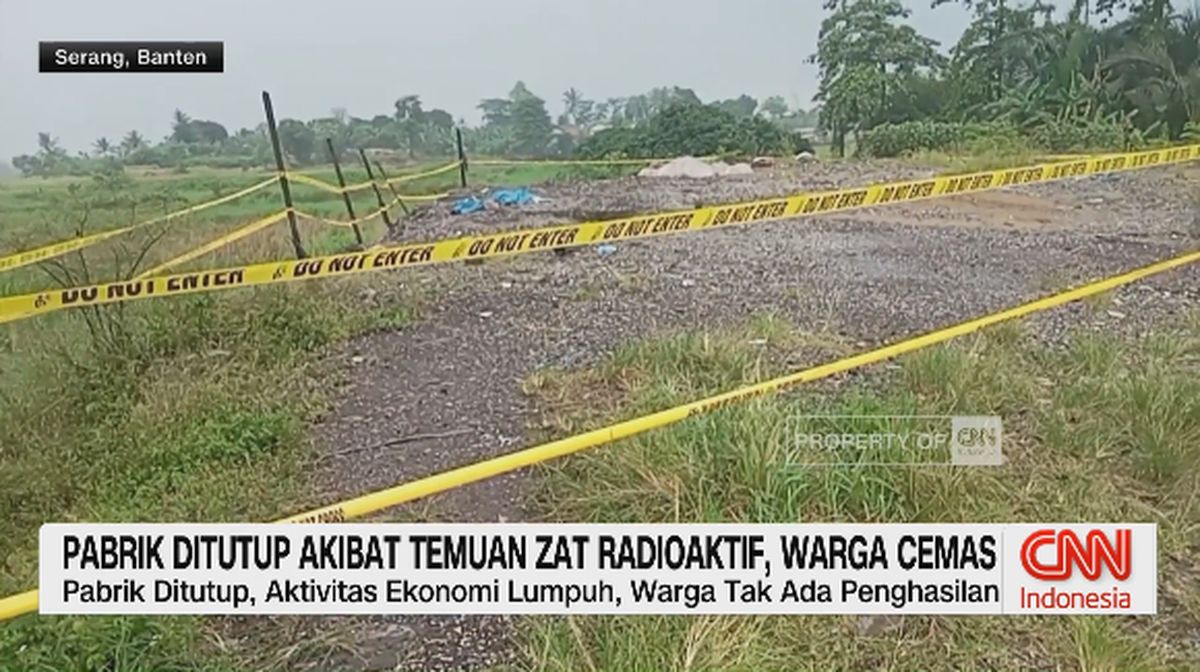The NSW Labor government’s biggest rewrite of the state’s planning laws – with the goal of making them “modern, faster and fairer” – is long overdue.
The Environmental Planning and Assessment Act, the foundation of the state’s delivery of housing and infrastructure, was introduced in 1979, when Sydney’s population was 3.2 million: it is now 5.6 million. The Act is no longer fit for purpose for the nation’s most populous city and state.
The housing crisis was exacerbated by these old laws that were complicated and red tape heavy. They were a barrier that prevented delivery of homes by slowing decision-making and delaying construction. Residents were leaving, investment was hindered and uncertainty prevailed.
The NSW government is facing an uphill battle to meet its target to deliver 377,000 new homes by 2029 demanded by the federal government under the National Housing Accord. Strong action needed to be taken and Premier Chris Minns, amid the sunshine of a morning press conference on Wednesday, said the changes were designed to make the system “quicker and simpler to navigate, so that more homes and jobs can be delivered”.

On the move: Premier Chris Minns, Treasurer Daniel Mookhey and Planning Minister Paul Scully after yesterday’s press conference where they announced the overhaul of NSW’s planning laws.Credit: Dominic Lorrimer
Under the overhaul the three-person Housing Delivery Authority will be enshrined in legislation. Established in January, it has the power to send major residential development proposals (exceeding $60 million) on a faster route to approval, bypassing local councils. Planning Minister Paul Scully said so far it had assessed 240 projects with 80,000 dwellings as “state significant developments”.
Loading
The government will also introduce a new “targeted assessment pathway”, which it says will bridge “the gap between a full development assessment and complying development, for types of development where strategic planning and community consultation has already taken place”. The devil will be in the detail, including what falls under this category, but it seems common sense that if a masterplan has been created for a new precinct or development, then lodging another full-blown DA and starting from scratch is not necessary.
In a welcome move, councils will now have 10 days to approve small variations on a so-called “complying development” application, which enables certain projects to gain planning approval without going through a more extensive development application process, or have it deemed approved.
It could have been worse for local government. There was speculation that a frustrated Minns government would strip these planning roles from councils due to the backlog and delays in the processing of thousands of DAs. Now that the rules have been tightened and time frames firmly set, the “nightmare” stories of costs and delays from home owners attempting to renovate may be alleviated.
A new “development co-ordination authority” will also be established to provide advice on development applications and planning proposals on behalf of all government agencies. This more streamlined process would provide a “single front door” for local councils and builders who currently are required to collect approvals from up to 22 separate government agencies, from Sydney Water and the SES to the Rural Fire Service.
Loading
Treasurer Daniel Mookhey declared the reforms would catapult NSW from the worst planning system in Australia to the best – in turn attracting more investors and stemming the exodus of young people and families who have realised that the “great Australian dream” of home ownership in Sydney was just that.
Minns, as an election looms, has a lot riding on these landmark changes, which go to the heart of the housing crisis and associated cost-of-living pressures. Well-designed, well-located, affordable, transport-orientated housing is vital to a modern, progressive city. A bipartisan, targeted approach and clear-cut plan to get “shovels in the ground” and homes built ticks a lot of those boxes.
Start the day with a summary of the day’s most important and interesting stories, analysis and insights. Sign up for our Morning Edition newsletter.
Most Viewed in National
Loading


















































